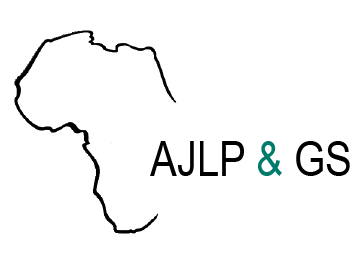Context and Background Estimating cereal yields in Morocco is still based on the traditional statistical method known as "CCE" crop cutting, which is objective but tedious and requires a lot of logistics, despite the fact that in 2012 a system for predicting cereal yields in Morocco…
Context and Background:Changes in the way powers are structured in Morocco have had an impact on the dynamics linking territorial stakeholders and on territorial development. Indeed, following the innovations of the 2011 Constitution and the process of advanced regionalization, territorial…
Under the conditions of Moroccan rainfed agricultural areas, wheat cropping systems—the population’s basic staple food—are subject to a set of limitations that seasonally impact crop production and farmers’ incomes, thus national food security. In the last decades, the major constraints…
This Study forms part of the research under Work Package #4 (WP4) of CGIAR Research Program: Building Systemic Resilience against Climate Variability and Extremes (ClimBeR), which has the overarching goal of “setting up a bottom-up polycentric governance framework for promoting multiscale…
This policy report is based on an analysis that delineates possible impacts pathways characterized by various configurations of climatic, economic, policy, technical, institutional, infrastructural, and welfare-related variables through which climate change’s impacts are transmitted ultimately…
This innovation brief presents a methodology that was developed and empirically applied in Morocco to support the “setting up (of) a multiscale polycentric governance framework for promoting transformative adaptation options for climate change†as part of the overarching goal of Work Package…
As we move closer to sustainability and improving adaptive methods, we're also focusing on addressing the current knowledge gaps, where the ongoing communication between science and policy emphasizes the dedication to convert knowledge into practical solutions.
This work aligns with…
Food legumes play an important role in Morocco's agricultural landscape. They cover approximately 270,000 hectares, representing 4% of the total agricultural area. The productivity of food legumes has persistently remained low and variable, primarily attributed to the susceptibility of the…
Temperate food legumes (faba bean, chickpea, field pea and lentil) are important food and feed crops in West Asia, north and East Africa regions. The productivity of legume crops is affected by Aphids (Acyrthosiphon pisum and Aphis fabae) and pod borer (Helicoverpa armigera). Due to climate and…
Since 2018, the European Union and several other countries have decided to ban the sale and use of many pesticides containing thiram and thiamethoxam molecules, which led preventing shipments of seeds treated with these chemicals from entering these countries (Gautier, 2004). Accordingly, a new…
Farmers in the MENA (Middle East and North Africa) region face several interrelated challenges including natural resource depletion, low crop productivity, and food and nutrition insecurity. To address some of these challenges, governments are considering different incentives to increase crop…
On the 1st March 2023, the – Maroc (INRA), the International Center for Agricultural Research in the Dry Areas (ICARDA), and the Ministry of Agriculture of Morocco (MAPMDREF), organized a multi-stakeholder workshop "National Alliance of Stakeholders in the Cereal Seed Sector in Morocco…



